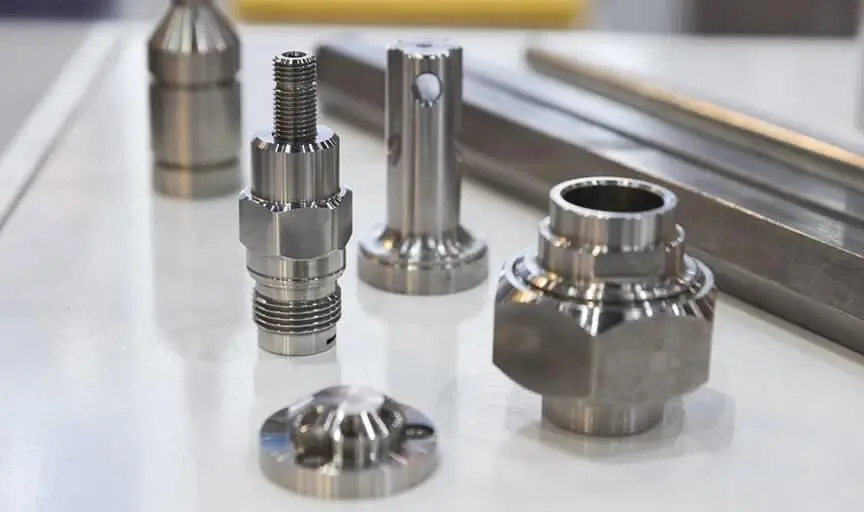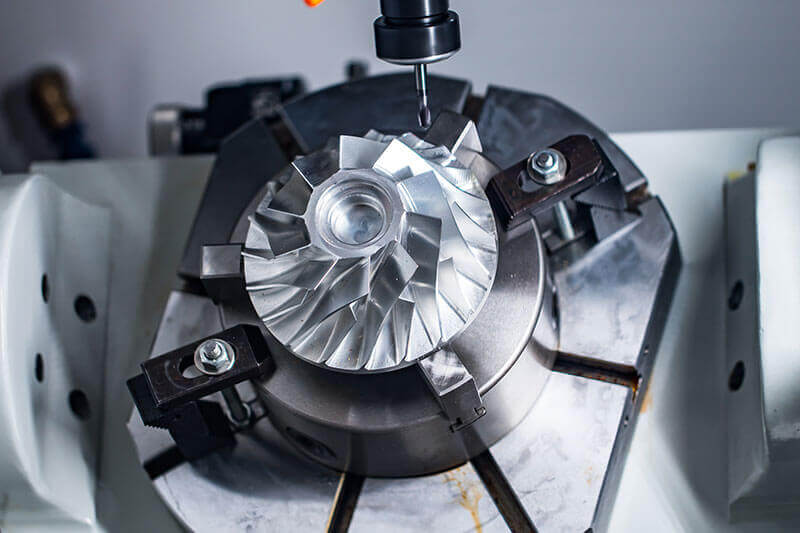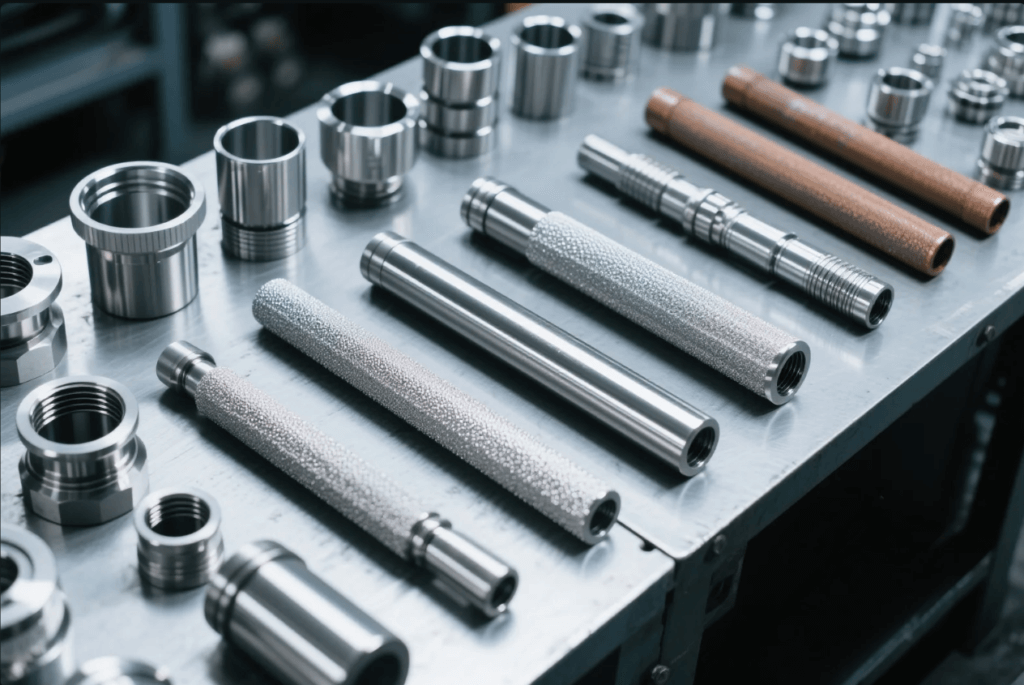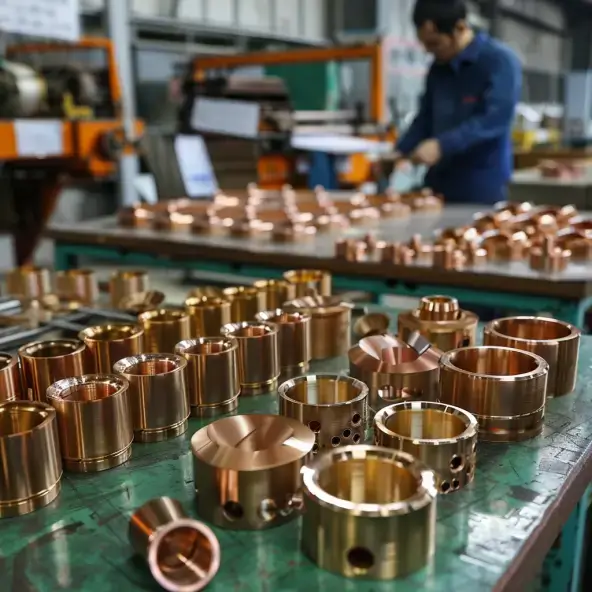Unlocking CNC Machining Costs: Key Factors and Effective Reduction Strategies
Introduction: The Hidden Mysteries of Manufacturing Costs
In the dynamic landscape of modern manufacturing, understanding and controlling CNC machining costs are pivotal for maintaining competitiveness. Take a high-precision aerospace component, for instance—its intricate design and tight tolerances often lead to exorbitant machining costs. Such real-world scenarios highlight the urgent need for strategic cost management. This article delves into the core factors influencing CNC machining costs and provides actionable strategies to optimize them, empowering manufacturers and designers to make informed decisions.
Key Factors Influencing CNC Machining Costs
1. Material Selection: The Foundation of Cost
The choice of material directly impacts both upfront costs and machining complexity. For example, aluminum alloys (e.g., 6061) are not only cost-effective (blank price: ~$25 for 150x150x25mm) but also highly machinable, requiring less energy and tool wear compared to stainless steel (e.g., 304, blank price: ~$90). Conversely, heat-resistant alloys like Inconel demand specialized tools and slower machining speeds, significantly increasing costs. Additionally, materials with poor machinability, such as PEEK (blank price: ~$280), pose challenges like thermal deformation, further driving up production expenses.
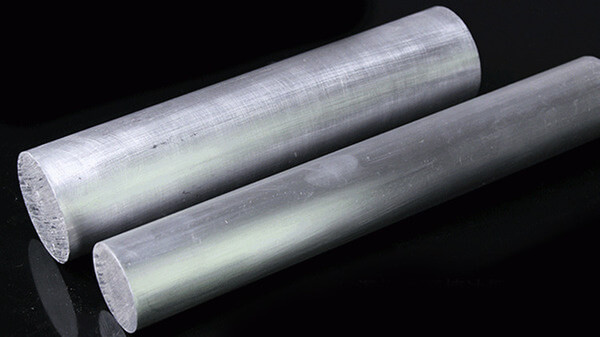
Al6061-CNC-Machining
2. Part Design: The Correlation Between Complexity and Cost
Intricate geometries, such as thin walls (≤0.8mm for metal), deep slots (depth >4x tool diameter), or tight internal fillets (<1/3 slot depth), dramatically escalate machining time and tool wear. For instance, a medical device component with 0.5mm-thick walls may require custom fixtures and reduced feed rates to prevent deformation, increasing labor costs by 30–50%. Strict tolerances (e.g., ±0.005mm) also necessitate high-precision equipment (e.g., EDM machines at $11–$27 per hour) and rigorous inspections, adding layers of expense.
3. Machining Time: Time Equals Money
Machining time encompasses both cycle time (actual cutting) and setup time (tool changes, fixture adjustments). A part requiring 5-axis machining with frequent tool changes (e.g., a mold with complex cavities) can easily double machining hours compared to a simpler design. For example, milling a deep slot (depth 5x tool diameter) with a small end mill might take 2 hours, whereas a shallower slot could be completed in 30 minutes. Optimizing toolpaths and reducing unnecessary operations are critical for minimizing waste.
4. Equipment and Tooling: The Hardware Cost Equation
High-precision CNC machines (e.g., 5-axis machining centers at $300k+) have higher hourly rates ($50–$150) but excel at complex parts, while basic lathes ($50k) are cheaper ($20–$50 per hour) but limited in functionality. Tooling costs are equally significant: carbide end mills for hard materials cost $50–$100 each and may need replacement after 50 hours of use, while specialized taps for threading add $20–$50 per tool.
5. Production Volume: The Power of Economies of Scale
Batch size drastically affects unit costs. For small batches (e.g., 1–5 units), setup costs (e.g., programming, fixture setup) account for 40–60% of total expenses. Scaling to 100 units can reduce setup costs per part by 80%. For example, producing 10 custom gears via CNC might cost $200 each, while 1,000 units could bring the cost down to $80 each through optimized tool usage and bulk material discounts.
6. Labor and Overhead Costs: The Hidden Add-Ons
Skilled operators command higher wages ($25–$50 per hour in developed economies), and their inefficiency—due to poor programing or tool misalignment—can waste hours of machine time. Overhead costs, including electricity ($0.10–$0.30 per machine hour), maintenance, and facility rent, often represent 20–30% of total costs but are frequently underestimated.
Effective Cost Reduction Strategies
1. Optimize Part Design: Cost Control from the Start
2. Smart Material Selection and Management
3. Optimize Machining Parameters
4. Proactive Equipment Maintenance
5. Strategic Tooling Management
6. Streamline Production Planning
Case Studies: Real-World Cost Savings
Case 1: Automotive Component Manufacturer
A company producing transmission housings reduced costs by 25% by:
Case 2: Electronics Enclosure Producer
By transitioning from small-batch CNC machining (50 units/month) to injection molding for 1,000+ units, the company achieved:
Conclusion and Future Outlook
CNC machining costs are influenced by a complex interplay of material, design, equipment, and production scale. By addressing these factors holistically—from design optimization to lean manufacturing—companies can achieve significant savings without compromising quality. As technology evolves, embracing automation (e.g., lights-out machining), AI-driven process optimization, and hybrid manufacturing (e.g., 3D printing for low-volume parts) will further redefine cost efficiency in CNC machining. Stay ahead by continuously evaluating processes and leveraging innovative solutions.


